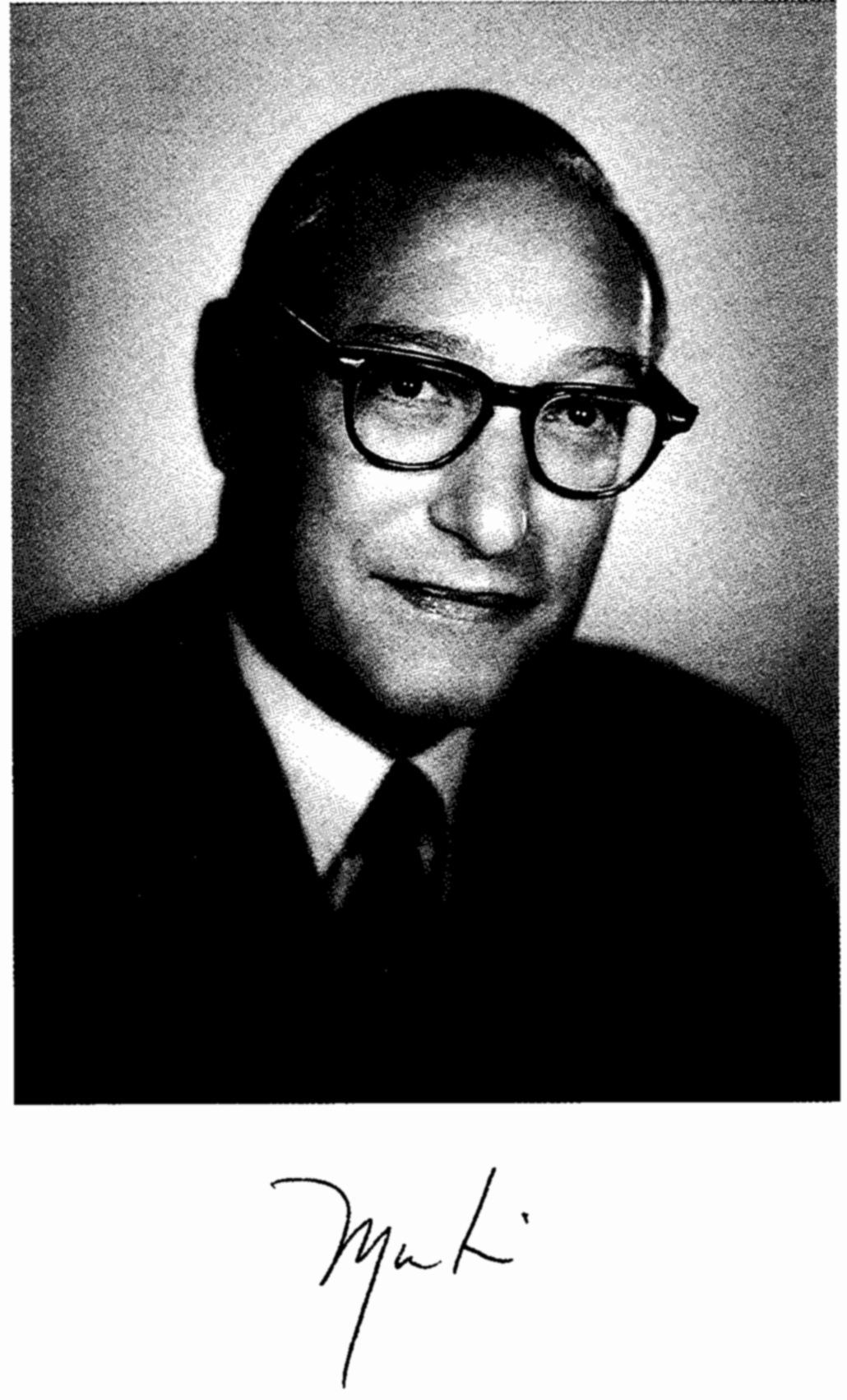Page 89
JOHN C. GEYER
1906–1995
WRITTEN BY JOHN KNAPP
SUBMITTED BY THE NAE HOME SECRETARY
JOHN C. GEYER, for many years professor of environmental engineering and chairman of the Department of Geography and Environmental Engineering at the Johns Hopkins University, died in Baltimore, Maryland, on May 2, 1995. He is survived by his wife, Andy, a daughter, Joellen, and a legion of former students and professional colleagues who found their lives enriched by the example of this gifted teacher and engineer.
Johnny Geyer was born in Neosho, Missouri, on August 11, 1906. He attended Drury College in Springfield, Missouri, 1925 to 1927, transferring later to the University of Michigan, where he was graduated in 1931 with a bachelor's degree in civil engineering. He then entered Harvard University to study under Gordon Fair and while there taught half-time on an Austin Teaching Fellowship. He completed a master's degree in 1933 and went to the University of North Carolina at Chapel Hill (UNC) in 1934 as an instructor and later assistant professor of sanitary engineering. In 1937 he joined Abel Wolman at the Johns Hopkins University, where he would spend the rest of his professional career, except for leave during World War II. He spent the year 1942 to 1943 in Washington, D.C., as assistant chief engineer for the Health and Sanitation Division in the Office of Inter-American Affairs, before accepting a commission in the U.S. Naval Reserve. As a lieutenant and later as a lieutenant commander, he served in preventive medicine for the Bureau of
Page 90
Medicine and Surgery until 1946 when he returned to Johns Hopkins. He had earned his doctorate in engineering in 1943, and in 1948 he was promoted to full professor. In 1957, after spending the previous year on leave in Santiago, Chile, with the World Health Organization, he succeeded Abel Wolman as chairman of the Department of Sanitary Engineering and Water Resources. He continued as chairman until 1970, which included the early years of a creative combination of faculties into the current Department of Geography and Environmental Engineering. Active for another ten years in consulting and public service, he accepted emeritus status in 1980 and retired. One of the highlights of those last active years was serving as a trustee of Drury College, where he had begun his collegiate career with a grounding in the liberal arts. In 1969 the college conferred on him an honorary doctorate of science.
The scope of Johnny Geyer's professional interests and accomplishments was astounding; it ranged over the entire field of water and wastewater engineering-municipal and industrial, wells or rivers or estuaries, from statistical hydrology to nuclear reactor safety. He was the principal investigator or research adviser for pioneering studies of residential water use, small sewer design, urban storm water management, radioactive waste disposal, low flow augmentation, and thermal discharges from power plants. The results of these studies continue to be sought by investigators and practitioners throughout the world. He published widely over a forty year period, often in collaboration with his students. However, his most acclaimed work came with the publication of Water Supply and Waste-Water Disposal (John Wiley and Sons, New York, 1954) when he and Gordon Fair collaborated to bring the profession its first modern textbook, one that presented “principles rather than practice . . . rationality rather than rule of thumb.” This book was followed in 1966 and 1968 by two volumes when Fair and Geyer were joined by their colleague, Daniel A. Okun, of the University of North Carolina as third author. Again, the approach was to present primarily the underlying science while not neglecting the art and culture of practice. By means of these texts, including single volume editions intended for undergraduate instruction, the authors
Page 91
endowed several generations of young professionals, well beyond the ambit of Harvard, Johns Hopkins, and UNC.
Geyer was constantly in demand to serve on study commissions and advisory panels—for the city, the state, the federal government, and many of the professional organizations to which he belonged. Those that emanated just from Washington, D.C., included the National Research Council, the National Institutes of Health, the Atomic Energy Commission, the President's Scientific Advisory Committee, the Hoover Commission, a Senate Select Committee, and the Departments of Housing and Urban Development and of Health, Education, and Welfare. His longest continuous service, perhaps, was seventeen years, 1948 to 1965, on the Interstate Commission on the Potomac River Basin. He gave long and faithful service to the American (and Maryland) Society of Civil Engineers and to the (then) Water Pollution Control Federation. The Federation presented him the Harrison Prescott Eddy Medal in 1952. Capping his list of honors was election to the National Academy of Engineering in 1970. In 1973 he served as a member of the Panel on Coastal Waste Management Practices for the NAE.
At a memorial service soon after his death, seven speakers extolled John Geyer's virtues; some were his former students, some were faculty associates, and others had worked with him outside of the university. All gave testimony of two salient human qualities: the force of his intellect and the warmth of his personality. There was abundant evidence that he raised the quality of every endeavor, that he always inspired better work. More than one mentioned that their decisions today are colored by an inner voice that asks—how would Johnny Geyer handle this. Fittingly, the final note in the program was that “his almost hidden hand let others find their own paths to achievement.” Consummate teacher and brilliant engineer, he was truly a giant among men.





